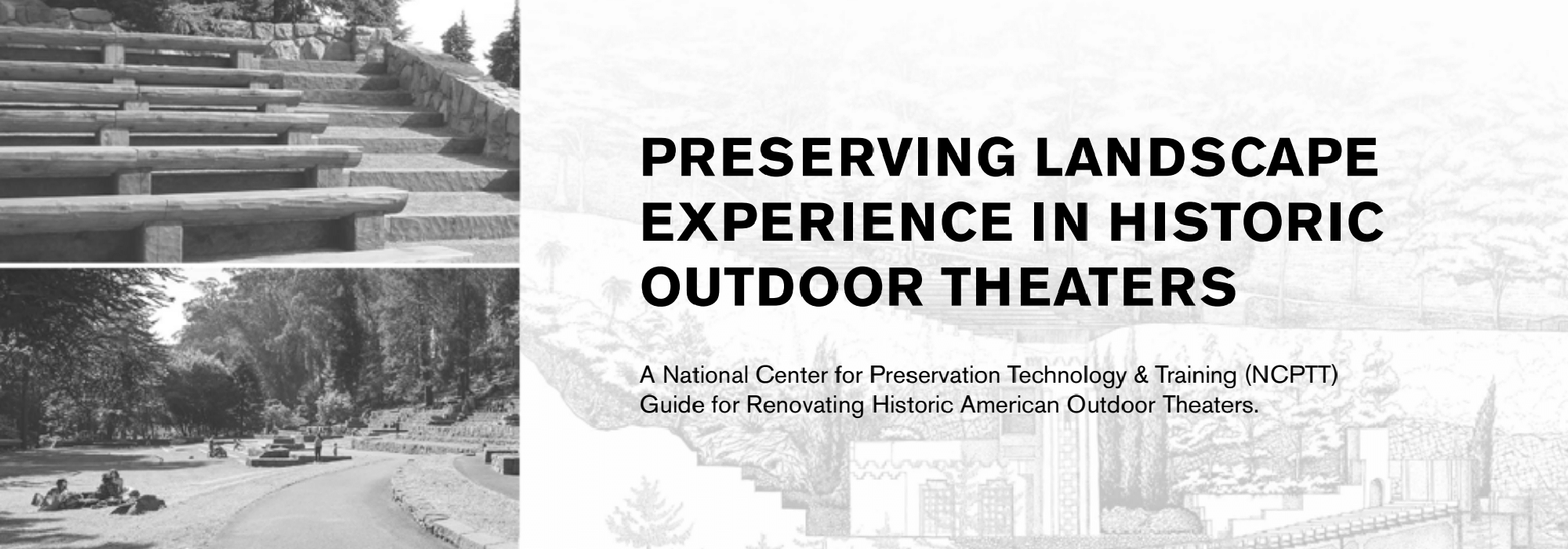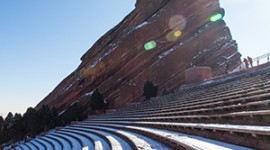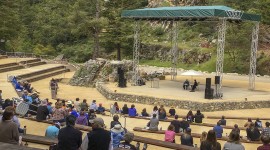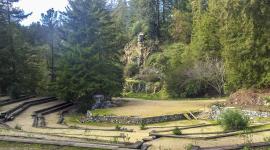New Book Spotlights Historic Outdoor Theaters
A new guide published by faculty from the University of California and sponsored by a National Park Service grant profiles six historic outdoor theaters that have been sensitively rehabilitated in recent years. Intended to be the jumping off point for a larger publication with profiles of more than 25 theaters, Preserving Landscape Experience in Historic Outdoor Theaters sheds light on the outdoor theater’s historical evolution in the United States, tracing its origins to the early theaters of the nineteenth century. In addition to profiling six exemplary renovations, the guide also details the critical components that make a rehabilitation project a success and offers tools for replicating a successful process.
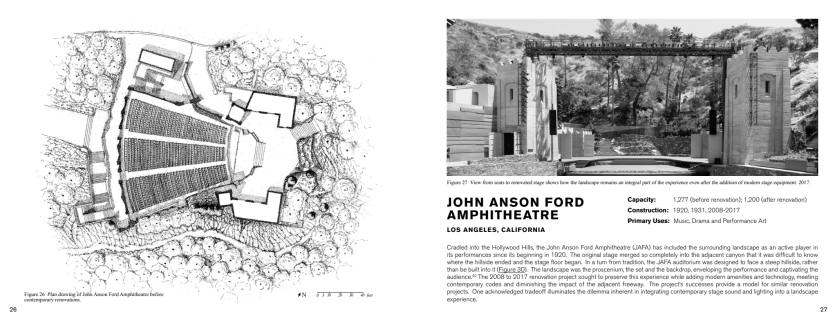
Among the featured projects is the renovation of the John Anson Ford Amphitheatre (sic) in Los Angeles, California. The outdoor theater nestled into the steep hillsides of the Cahuenga Pass in the Hollywood Hills was originally founded by heiress Christine Wetherill Stevenson in 1920 for the performance of religious productions (including her Pilgrimage Play), before it was given to the County of Los Angeles in 1941. Once rustic, and nearly indistinguishable from the surrounding rugged landscape, the stage was over time augmented by retaining walls, platforms, and, at one time, elaborate concrete structures meant to reference the gates of Jerusalem, that helped frame the theatrical space. Later renamed the John Anson Ford Amphitheatre (JAFA), the auditorium hosted a diverse range of musical, theatrical, and dance performances throughout the twentieth century. In 2008, facing the necessity of updating the space with modern equipment, the theater and county commissioned Levin & Associates and landscape architects Mia Lehrer + Associates to plan a multi-phase rehabilitation. The $80 million project improved the stage, lighting, and sound system, as well as the seating, food service, and box office spaces. The rehabilitation masterfully maintained the landscape experience, allowing the rugged chapparal landscape to remain the focus of the stage backdrop. The scale, color and material palette for new seating and amenities complements the existing naturalistic and concrete structures while offering modern comforts. Contemporary lighting design was expertly employed to suit a variety of needs – allowing the wooded hillside to be illuminated as a stage set or to recede into shadow when necessary. The space was also made fully ADA-accessible without compromising the landscape’s integrity or impact. An elevator inserted into an existing concrete structure leads to an open-air walkway with views to the chapparal canyon beyond, ensuring that every visitor is afforded the defining experience of the landscape upon arrival.
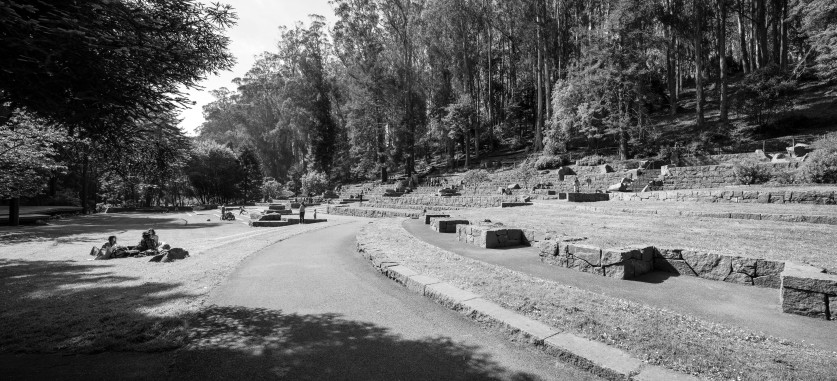
For further case studies, including the Red Rocks Amphitheater in Colorado, the Rhoda Goldman Concert Meadow in California, and the rustic Timberline Amphitheater in Oregon, a full-text PDF of the publication is temporarily available for personal use at this link. The National Center for Preservation Technology and Training, a division of the National Park Service, sponsored the project and published an initial run of 100 hard copies. A digital copy of the book will be available to download on the National Center for Preservation Technology and Training website soon.



